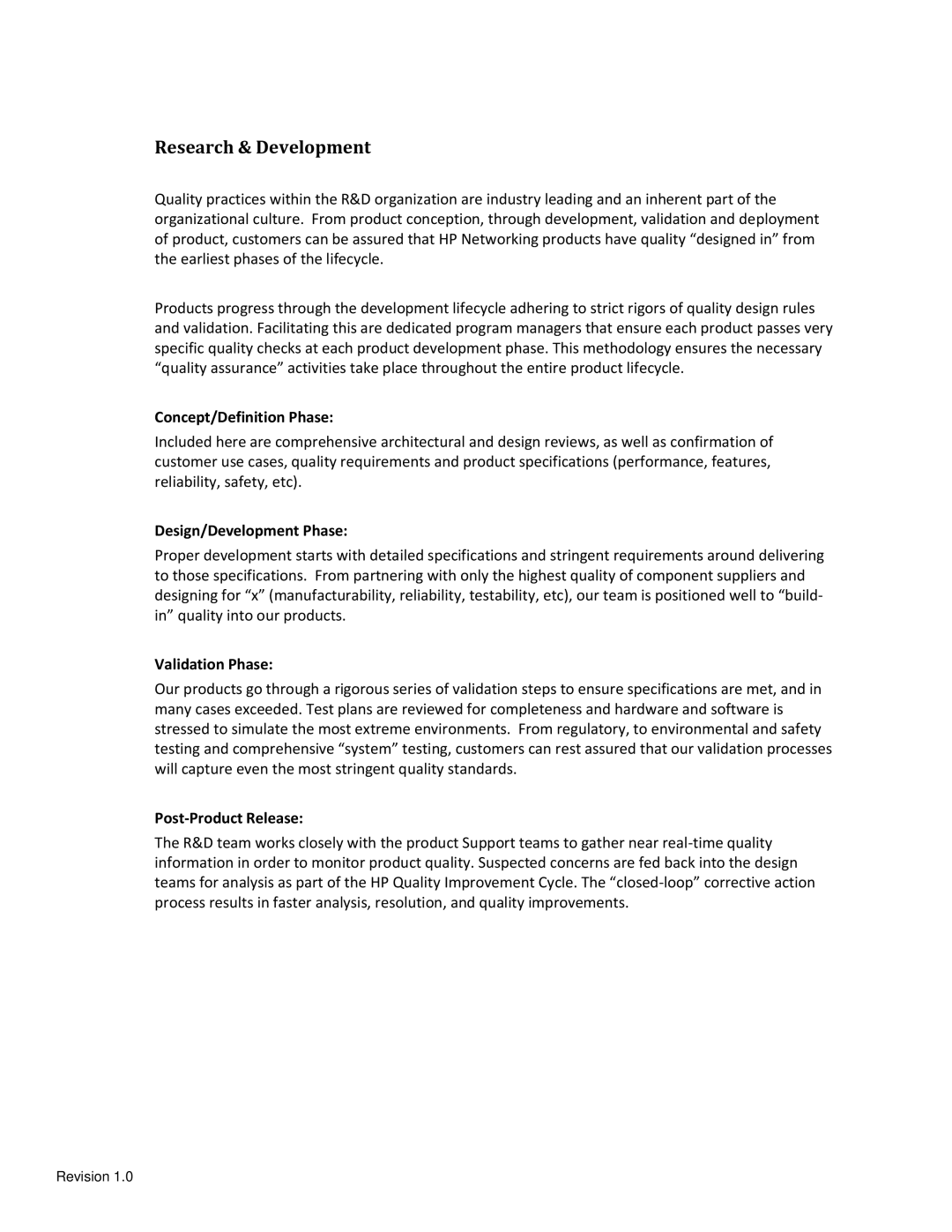SuperStack II NetBuilder Router specifications
The HP SuperStack II NetBuilder Router is a powerful, feature-rich device designed to enhance network performance and reliability. Ideal for small to medium-sized businesses, this router integrates advanced routing technologies, making it a key component for robust network infrastructure.One of the main features of the SuperStack II NetBuilder Router is its modular design, allowing for flexible scalability as network demands grow. The router can support various interface modules, enabling organizations to customize their networking capabilities according to specific requirements. This modularity ensures that the device can evolve with the changing landscape of network needs without requiring a complete replacement.
In terms of technologies, the HP SuperStack II supports both Layer 2 and Layer 3 functionalities, providing a comprehensive solution for local area networks (LAN) and wide area networks (WAN). This dual-layer capability enables advanced routing features, such as IP forwarding, quality of service (QoS), and virtual LAN (VLAN) segmentation, which are essential for optimizing traffic and ensuring reliable performance.
The router is equipped with a high-speed backplane, facilitating fast data transfer rates and supporting multiple simultaneous connections. This feature significantly reduces latency, thereby enhancing overall network efficiency. Additionally, the SuperStack II supports various WAN technologies, including Frame Relay, ISDN, and leased lines, offering flexibility for different connectivity options.
Security is a critical aspect of modern networking, and the HP SuperStack II does not fall short in this area. It includes robust firewall capabilities, NAT (Network Address Translation), and extensive access control lists (ACLs) to protect networks from unauthorized access and potential threats.
Furthermore, the device is designed with management in mind. It supports SNMP (Simple Network Management Protocol), allowing network administrators to monitor performance and troubleshoot issues remotely. This capability is essential for maintaining uptime and ensuring a seamless user experience.
The HP SuperStack II NetBuilder Router is not only functional but also user-friendly. Its intuitive interface simplifies configuration and management, making it accessible even for those with limited networking expertise. This combination of features, technologies, and characteristics positions the HP SuperStack II NetBuilder Router as a versatile and reliable choice for enhancing network performance in various organizational settings.
